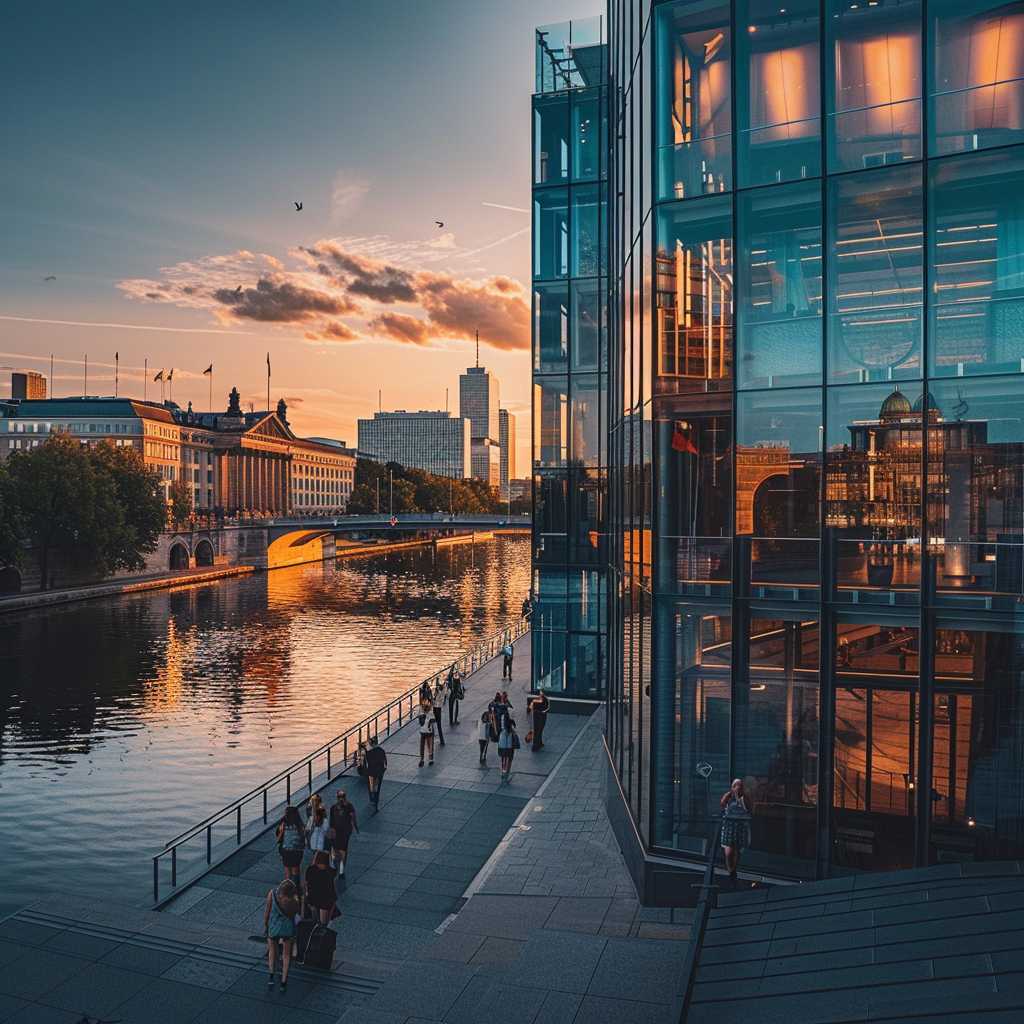The Standout Qualities and Characteristics of Germany: A Comprehensive Overview
Germany, officially known as the Federal Republic of Germany, is a nation packed with historical significance, economic prowess, and cultural depth. Positioned at the heart of Europe, Germany stretches from the North Sea and Baltic in the north to the Alps in the south and is the EU’s most populous country, with a diverse and intricate history, language, and culture.
Historical Context: From Ancient Tribes to Modern Powerhouse
Early History and Foundation
Traces of human civilization in what is now Germany date back thousands of years. The region became known as Germania by the Romans, and was inhabited by various tribes which influenced the later formation of Germanic states.
The Holy Roman Empire to The Second Reich
Progressing through the Middle Ages, regions within modern Germany became part of the powerful Holy Roman Empire. Centuries later, in 1871, united German principalities formed the German Empire under Prussian leadership.
World Wars and Division
Germany endured profound transformation during the 20th century. It was at the heart of both World War I and World War II—conflicts that shaped much of its modern history. The defeat in WWII led to a divided Germany, with East Germany under Soviet-influence and West Germany becoming a democratic state aligned with Western Europe.
Reunification and Growth
The fall of the Berlin Wall in 1989 ultimately signaled the end of Cold-War era division, leading to German reunification in 1990. Since then, Germany has proved itself to be a leader in European and global affairs.
Economic Landscape: A Force in Commerce and Innovation
Industrial Development and Economic Power
Known for its engineering expertise and manufacturing quality, Germany is recognized as one of the world’s largest exporters. Its economy benefits from a skilled labor force, a significant industrial base, particularly in automotive, machinery, and chemical sectors.
The EU and Trade Relations
As a leading member country of the European Union, Germany plays a pivotal role in EU trade policies, monetary systems (being part of the Eurozone), and political discourse.
Innovation and Technology Leadership
Germany is also at the forefront of various technological advancements, including renewable energy technologies—an offshoot from its strong commitment to combating climate change as part of its ‘Energiewende’ or ‘energy transition’ policy.
Cultural Tapestry: Rich Traditions and Modern Identity
Language and Literature
German language has been pivotal in philosophy, theology, literature, and science texts. Great thinkers such as Goethe, Kant, Nietzsche have shaped German literary and philosophical tradition.
Arts & Music Influences
Germany’s contributions to art span centuries—artists from Albrecht Dürer to Anselm Kiefer have influenced visual arts. In music, names like Bach, Beethoven, and Wagner are synonymous with classical music.
Festivals and Customs
From Oktoberfest to Christmas markets (Weihnachtsmärkte), German festivals draw visitors worldwide. Addressing modern life while cherishing traditions frames today’s societal norms.
Geographical Diversity: Varied Landscapes Across Regions
North Sea to Bavarian Alps
Germany’s geography offers an assorted palette from sparse northern plains by the sea coasts to lush forests in central areas bolstered by river valleys like those of Rhine or Elbe. Southern regions display alpine scenery.
Urban Metropolises to Rural Charms
Germany’s landscape is also urbanized with mega-cities like Berlin or Munich juxtaposed against quiet countryside towns which reflect deep-rooted regional characteristics that stand testimony to Germany’s diversity.
